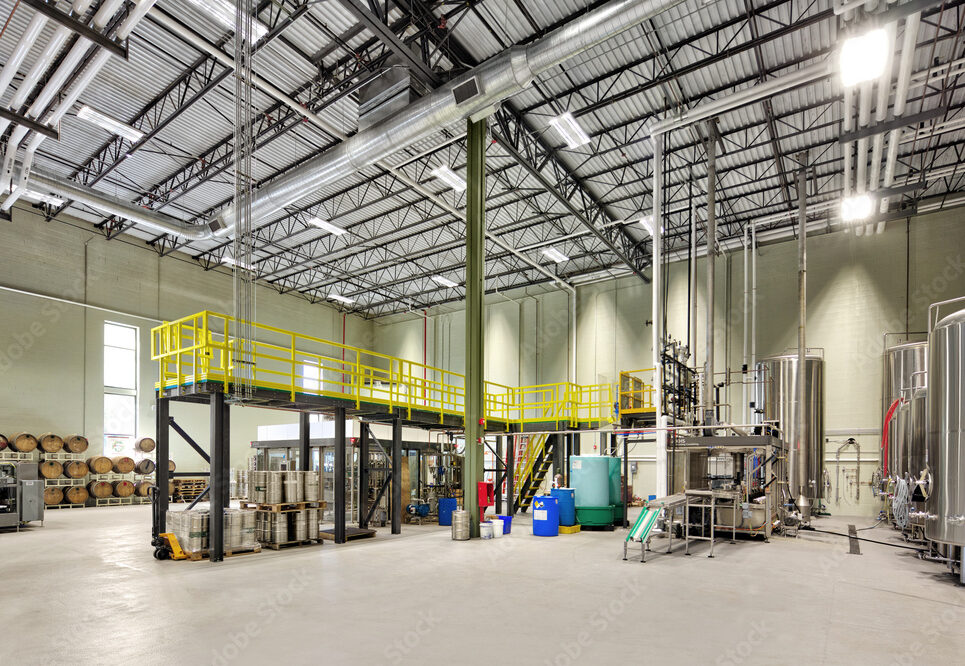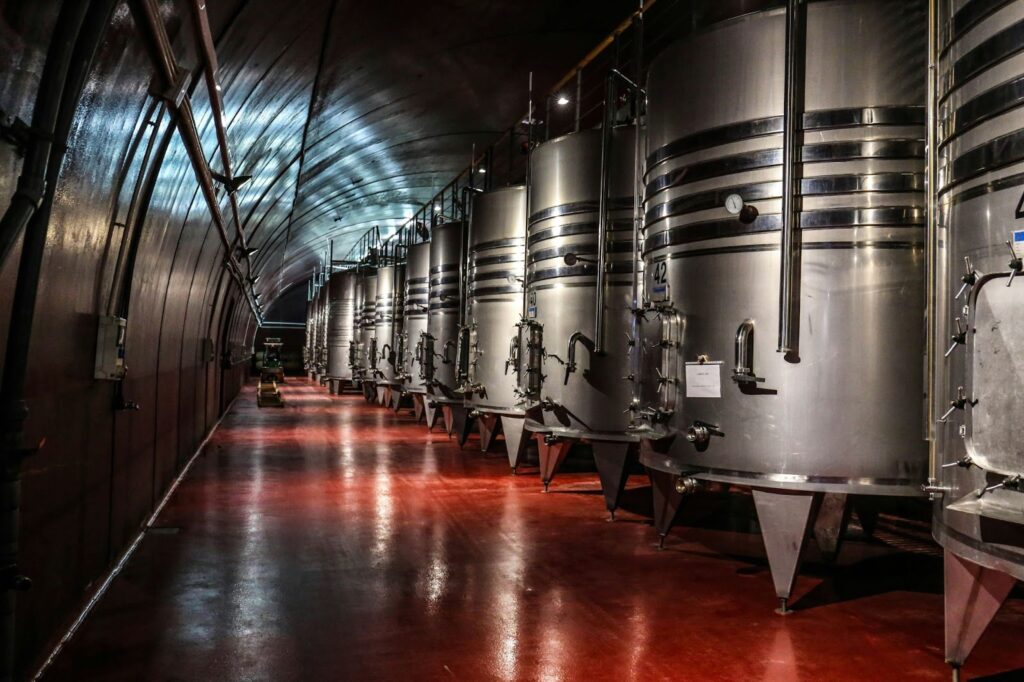A successful brewery begins with a solid foundation, both literally and figuratively. Understanding the basics of brewery building is crucial to creating a space that meets your needs and goals. One of the key factors to consider is the importance of space.
The Importance of Space in Brewery Building
Space is a valuable asset in a brewery. It not only affects the production process but also impacts the overall efficiency and workflow.
Sufficient space allows for proper equipment placement, ease of movement, and optimal utilization of resources. It also enables you to comply with health and safety regulations and provides room for expansion in the future.
Imagine walking into a brewery where every corner is cramped, and equipment is haphazardly placed. It would be a nightmare for the brewers and staff to navigate through the chaos, hindering their ability to produce quality beer.
On the other hand, a well-designed and spacious brewery allows for a smooth workflow, ensuring that every step of the brewing process is executed with precision and care.
Furthermore, having ample space in your brewery provides room for growth and expansion. As your business flourishes and demand for your beer increases, you will need to scale up your production.
With sufficient space, you can easily add new equipment, storage tanks, and fermentation vessels without disrupting the existing operations. This flexibility is essential for adapting to market demands and staying competitive in the brewing industry.
Check out: Expert Brewery Construction Tips
Key Elements of a Brewery Building
When designing your brewery building, several key elements should be taken into account. These include:
Layout and flow
Carefully consider the flow of ingredients, equipment, and personnel throughout the space. A well-designed layout can minimize bottlenecks and streamline production. Think about the logical progression of the brewing process, from milling the grains to packaging the final product. By optimizing the layout, you can create a seamless workflow that maximizes efficiency and reduces unnecessary steps.
Utilities and infrastructure
Ensure that your brewery has access to the necessary utilities, such as water, electricity, and ventilation. Plumbing and drainage systems should also be designed to handle the demands of brewery operations. Adequate water supply is crucial for brewing, as it is used in various stages, including mashing, lautering, and cooling. Additionally, reliable electricity and proper ventilation are essential for powering and maintaining the brewing equipment, as well as creating a comfortable working environment for your staff.
Temperature control
Maintaining proper temperature is crucial for the brewing process. Insulation, HVAC systems, and refrigeration units should be incorporated into the design to ensure consistent and controlled temperatures. Different styles of beer require specific temperature ranges for fermentation and conditioning. By investing in temperature control systems, you can create an optimal environment for yeast activity, resulting in the desired flavors and aromas in your beer.
Check out: Cooling Solutions For Metal Buildings
Safety features
Implement safety measures such as fire suppression systems, emergency exits, and adequate lighting to protect your staff and equipment. Brewing involves working with flammable materials, such as alcohol and cleaning agents, making fire safety a top priority. Installing fire suppression systems, such as sprinklers and fire extinguishers, can help prevent and minimize damage in case of a fire. Additionally, well-lit spaces and marked emergency exits ensure that your staff can navigate the brewery safely, reducing the risk of accidents.
By considering these key elements in your brewery building design, you can create a space that not only meets your current needs but also sets the foundation for future growth and success. Remember, a well-designed brewery is not just a place to make beer; it is a space where creativity, craftsmanship, and passion come together to create liquid art.












